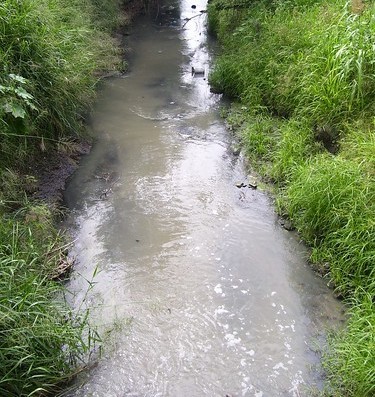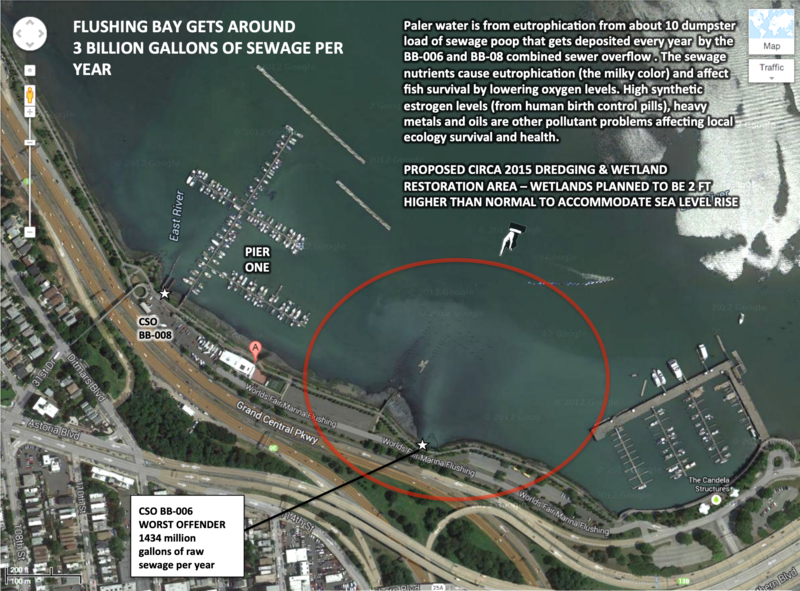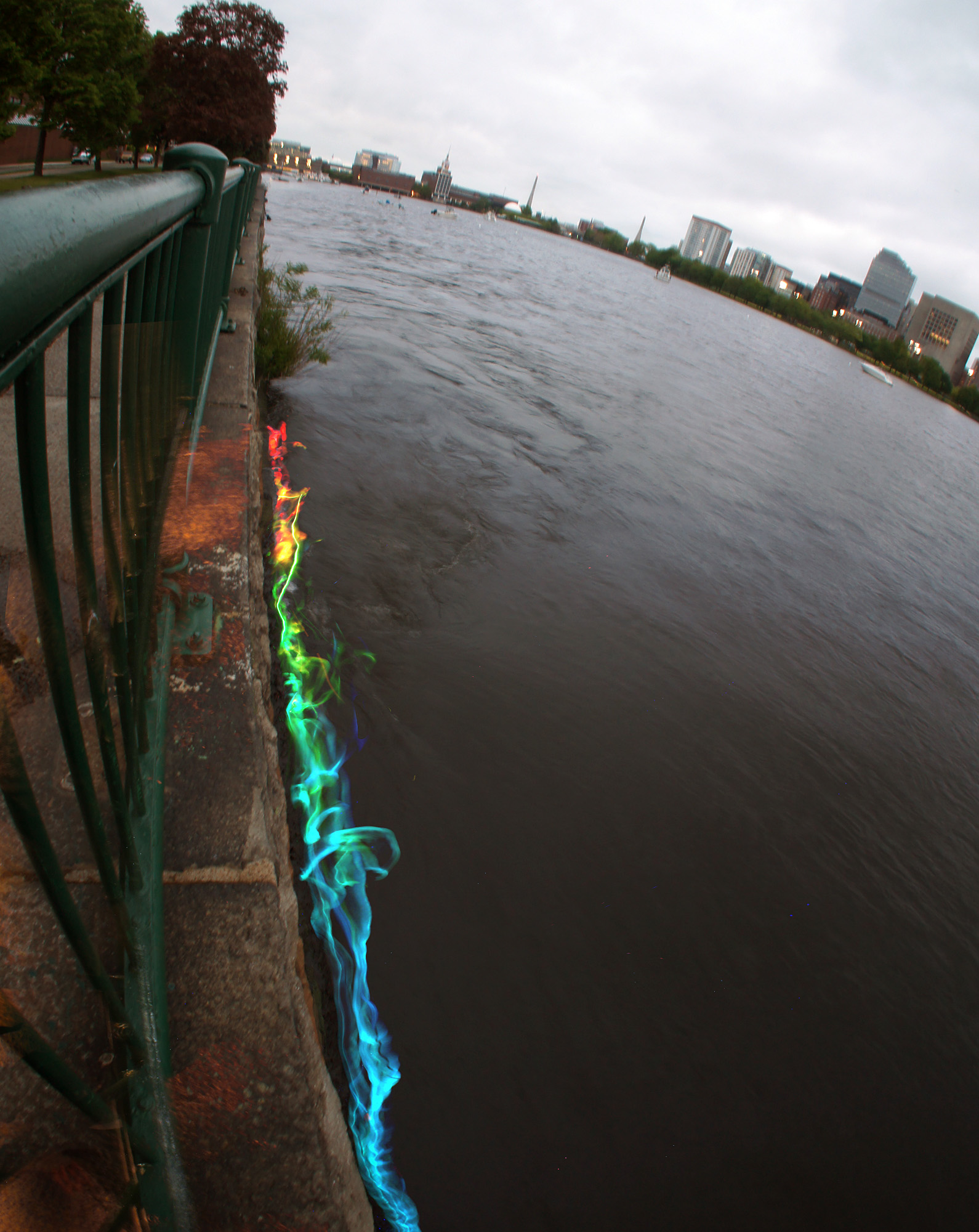sandbox-detecting-wastewater
This draft wiki page is a work in progress!
Wastewater is “used water” that’s created by households, cities, and industry. It ranges from sewage to surface runoff that can flow from roadways into storm drains. Untreated or under-treated wastewater can contain a variety of pollutants that can harm people and ecosystems when it’s released into the environment.
On this page, we’re collecting information on some of the clues that might indicate wastewater pollution in the environment, and ways to investigate them. Some methods assess general water quality conditions that can correlate with wastewater pollution, while other methods can more directly signal the presence of wastewater by identifying specific pollutants.
Detecting possible wastewater pollution
There’s lots of information (in English and Spanish) about what to look for in the comments of this question: What are some observable tell-tale signs of wastewater pollution?
Change in water color or clarity
Why? Solid particles, chemicals, or microscopic organisms in wastewater can give it a color or cloudy appearance. When wastewater is discharged into the environment, you might see a discolored plume in a river or a colored residue on land.

Cloudy looking stream water, Sustainable Sanitation Alliance, CC BY
METHODS:
Documenting visual changes in water color or clarity
- Photo documentation
- Aerial photography and satellite imagery

Satellite image showing discolored, cloudy water in the Gowanus Canal. From this slideshow by @eymund.
Documenting changes in water color/clarity with spectral imagery (might not be visible to human eyes)
- Infrared balloon image reveals Gowanus plume, and note this comment that the plume is likely flowing sewage sludge that shows up in the near-infrared range because of the bacteria and small algae in the sludge.
- Multispectral analysis of satellite images: like in the paper, “Tracking stormwater discharge plumes and water quality of the Tijuana River with multispectral aerial imagery,” by Svejkovsky et al. 2010.

Visible and near-infrared photos composited to reveal a plume of flowing sewage scum, originally from this note by @liz.
Measuring turbidity of water
Solid particles floating throughout the water (called suspended solids) increase its turbidity. Learn more about turbidity in this research note from @anngneal.
- The turbidity wiki page has a list of sensors and other tools that enable physically measuring turbidity
- Question: How do I choose a method for monitoring turbidity?


Left: Secchi disk for measuring turbidity, from this note by @anngneal. Right: Simple turbidity sensor prototype, from this note by wmacfarl.
Odor
Why? Clean water should have no smell or a slightly earthy smell. Other smells could indicate under-treated wastewater.
See this comment from @jesseslone about odors near wastewater discharge areas and what they might indicate.
METHODS
Methods and activities related to odor logging can be found here: https://publiclab.org/methods#odor
Changes in water temperature
Why? Wastewater can be warmer than the waterbodies it’s dumped into. This includes sewage and wastewater produced from industrial processes.
METHODS
Thermal fishing bob
Sense changes in water temperature and display temperature differences with colored lights in the field. Take a long-exposure photograph to record the results! + About the thermal fishing bob and how to make one: https://publiclab.org/wiki/thermal-fishing-bob + Successful Thermal Fishing Bob Test: Mapping the Kendall Power Plant Thermal Plume

A long-exposure photograph of colored lights on a thermal fishing bob towed in the Charles River, Boston. The different colors indicate differences in water temperature near a power plant, which releases heated wastewater into the river. From this note by @Sara.
Thermal photography
- https://publiclab.org/wiki/thermal-photography
- Detecting warmer water at wastewater outfalls with thermal photographs, as noted on pg. 27 of this guide for municipalities detecting illicit discharges of wastewater
Conductivity
Questions
Questions tagged with question:detecting-wastewater will appear here
| Title | Author | Updated | Likes | Comments |
|---|---|---|---|---|
| What are some observable tell-tale signs of wastewater pollution? | @bhamster | over 3 years ago | 1 | 11 |
Activities
Activities tagged with activity:detecting-wastewater will appear here
Activities should include a materials list, costs and a step-by-step guide to construction with photos. Learn what makes a good activity here.